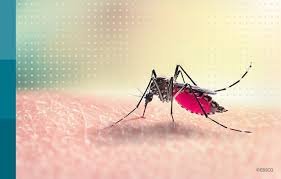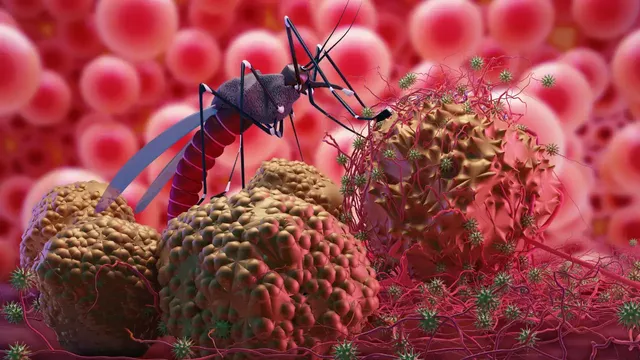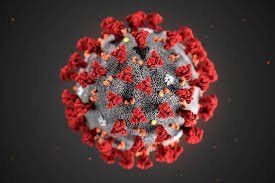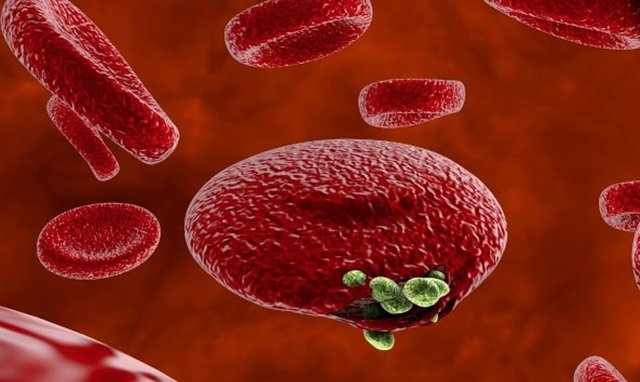Malaria: A Persistent Global Health Threat
Malaria, a mosquito-borne infectious disease, continues to be a significant global health challenge, particularly in tropical and subtropical regions. Despite substantial progress in prevention and control efforts, it remains a leading cause of morbidity and mortality, disproportionately affecting vulnerable populations, especially young children and pregnant women.
The Malaria Parasite and Its Life Cycle
Malaria is caused by parasites of the genus Plasmodium, which are transmitted to humans through the bite of infected female Anopheles mosquitoes. Once inside the human body, the parasites undergo a complex life cycle involving several stages:

- Sporozoite Stage: The parasite enters the bloodstream and travels to the liver, where it invades liver cells and multiplies.
- Merozoite Stage: The parasites are released from the liver cells and invade red blood cells, where they multiply further.
- Trophozoite and Schizont Stages: The parasites mature within the red blood cells, eventually rupturing and releasing new merozoites, which can infect other red blood cells.
- Gametocyte Stage: Some parasites differentiate into gametocytes, which are taken up by a mosquito during a blood meal.
Clinical Manifestations of Malaria
The clinical manifestations of malaria are diverse and can range from mild to severe. Common symptoms include:
- Fever
- Chills
- Sweats
- Headache
- Muscle aches
- Fatigue
- Nausea and vomiting
- Diarrhea
Severe malaria, a life-threatening complication, can lead to:
- Severe anemia
- Organ failure (kidney, liver, lung)
- Cerebral malaria (a neurological complication)
Diagnosis and Treatment of Malaria
Early and accurate diagnosis is crucial for effective treatment and prevention of complications. Diagnostic methods include:
- Microscopy: Examination of blood smears under a microscope to identify the malaria parasite.
- Rapid Diagnostic Tests (RDTs): Immunochromatographic tests that detect specific malaria antigens in a blood sample.
- Molecular Diagnostics: More sensitive methods, such as polymerase chain reaction (PCR), can be used to detect low levels of parasitemia.

Treatment for malaria involves antimalarial drugs, which target different stages of the parasite's life cycle. The choice of drug depends on the species of parasite, the severity of the infection, and drug resistance patterns. Artemisinin-based combination therapies (ACTs) are currently the first-line treatment for uncomplicated malaria.
Prevention and Control of Malaria
Effective malaria prevention and control strategies are essential to reduce the global burden of the disease. Key strategies include:
- Vector Control:
- Insect Repellents: Using insect repellents containing DEET, picaridin, or IR3535 to deter mosquito bites.
- Long-Lasting Insecticidal Nets (LLINs): Sleeping under LLINs can significantly reduce exposure to mosquitoes.
- Indoor Residual Spraying (IRS): Spraying insecticides on indoor walls to kill mosquitoes that rest on the walls.
- Malaria Prevention in Travelers:
- Chemoprophylaxis: Taking antimalarial medication before, during, and after travel to malaria-endemic areas.
- Personal Protective Measures: Using insect repellents, wearing long-sleeved clothing, and sleeping under LLINs or in air-conditioned rooms.
- Early Diagnosis and Prompt Treatment:
- Seeking medical attention promptly if symptoms suggestive of malaria develop.
- Adhering to the prescribed antimalarial treatment regimen.
- Mass Drug Administration (MDA):
- Administering antimalarial drugs to entire populations at risk, especially in areas with high malaria transmission.
- Vaccine Development:
- Developing effective malaria vaccines remains a significant challenge, but ongoing research is promising.

Challenges and Future Directions
Despite significant progress in malaria control, several challenges persist:
- Drug Resistance: The emergence of drug-resistant malaria parasites threatens the effectiveness of existing treatments.
- Insecticide Resistance: Mosquitoes are developing resistance to insecticides, limiting the efficacy of vector control interventions.
- Climate Change: Changes in climate patterns can alter mosquito ecology and increase the risk of malaria transmission in new areas.
Addressing these challenges requires a multifaceted approach, including continued research, strengthened surveillance systems, innovative control strategies, and sustained funding for malaria programs. By working together, the global health community can strive to eliminate malaria and improve the lives of millions of people worldwide.
The Role of International Organizations and NGOs
Numerous international organizations and non-governmental organizations (NGOs) play a vital role in global malaria control efforts. The World Health Organization (WHO), for example, provides technical guidance, supports national malaria control programs, and coordinates global efforts to combat the disease. NGOs such as the Malaria No More and the PATH Malaria Vaccine Initiative contribute to malaria prevention, treatment, and research.

Conclusion
Malaria remains a significant public health burden, particularly in resource-limited settings. However, with sustained efforts and innovative strategies, it is possible to achieve significant reductions in malaria morbidity and mortality. By addressing drug and insecticide resistance, strengthening surveillance systems, and promoting early diagnosis and prompt treatment, we can move closer to a malaria-free world.